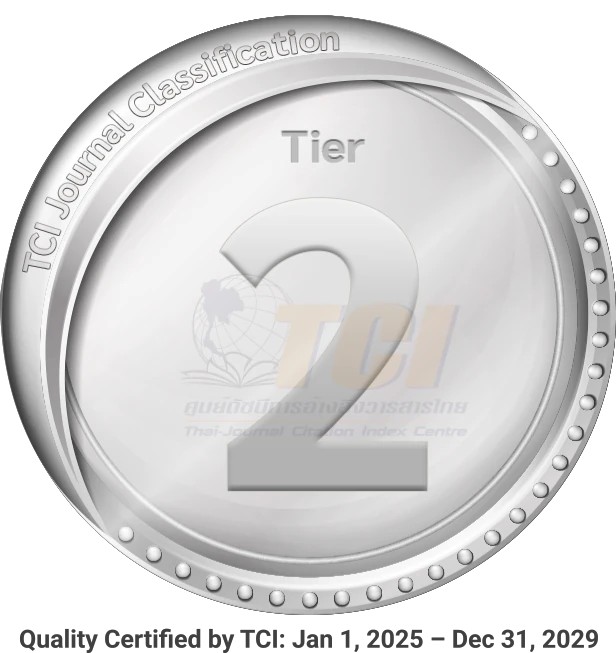Strategic Instructional Leadership Characteristics and Senior School Administration Competencies for a Disruptive Social Environment
Abstract
This research sought to identify the teachers’ perceptions of principal instructional leadership at Huahin Vitthayalai School in Thailand throughout 2018, having utilized the Principal Instructional Management Rating Scale (PIMRS) authored by Hallinger. While this research undertook a quantitative survey of 85 full-time teachers’ demographics using the PIMRS questionnaire, a total of 76 questionnaires were successfully returned, achieving a response rate of 89.4% for the purpose of a comparative study. The findings discovered numerous demographic responses to various questions, while the results identified a number of relationships at the dimensional level, and a small number of cross-relational factors at the functional level. Further analysis concluded that the cultural, economic, historical and social correlations with principal instructional leadership are plays a participatory role in the effects of strategic instructional leadership and these factors have an impact on the senior school administration. To this end, understand the respective effects will promote superior leadership within a fast-changing, disruptive social environment.




